Dr. Frank Gredel in conversation with Matthias Meischner
Our Head of Business Development, Dr. Frank Gredel, explores this question in the hxi podcast “Mega & Watt – the future of the energy industry”. Together with moderator and sustainability expert Matthias Meischner, he discusses what exactly green coding is, what environmental impact “green” software can have, what optimization potential green coding opens up and what contribution it can make to climate protection and greater sustainability. The hxi GmbH from Munich coaches, advises and trains primarily companies in the energy industry and works with them to shape the transformation into the digital future.
Climate protection, sustainability and decarbonization…
All of these topics have long been omnipresent in our everyday lives; If humanity wants to preserve our planet as one worth living on, then we must all act: states, governments, companies and also private households. We are discussing the phasing out of fossil fuels and the introduction of renewable energies, and the topic of “green IT” or “green data centers” is often cited in the course of rapidly advancing digitalization. However, Frank Gredel is convinced that this idea, which is aimed purely at optimizing hardware, falls short: “What about the countless software programs, IT solutions and apps behind which millions of lines of programming code are hidden and which we use every day as a matter of course? There is huge potential for optimization here.” And this is precisely what Green Coding aims to leverage by enabling programmers to develop sustainable software that is also sustainable because it is energy-efficient to operate. It must be clear and everyone must be aware that every single line of program counts here, because every line of code can have a huge scaling effect with heavily used software;
There are huge dimensions hidden in the green coding
The dimensions involved are enormous – this is impressively illustrated in the podcast using reliable figures; Frank Gredel makes this tangible using the example of a Google search – an action that we carry out day in, day out without thinking about what this does to the carbon footprint we leave behind: Because a single Google search releases around 0.2 grams of CO₂ And if we wanted to offset the emissions for all the search queries that we initiate within one year alone by planting trees, we would have to plant around 41 million trees – if we assume that one tree neutralizes around 10 kilograms of CO₂ per year and that there are an estimated 5.6 billion Google search queries every day. An IT company like Google can therefore do a lot of good here and make an active contribution to climate protection if its program code is optimally and sustainably developed. The role model character resulting from Green Coding when it comes to saving energy, energy suppliers in particular could make it their own. They could make progress in terms of energy expertise vis-à-vis their customers and demonstrate how Green Coding and demand-driven utilization of existing IT landscapes and infrastructures can save energy and therefore costs.
How software efficiency can be measured
In the podcast, the two experts explore the question of how the efficiency of a software program can be quantified; The question of how to reliably measure the energy consumption of software is anything but trivial. While on the hardware side it is quite easy to determine how server landscapes, storage or, in the case of mobile technologies, batteries can be configured to meet demand and conserve energy, this task is still difficult in the classic IT environment, according to the experts; The PTA has developed initial approaches. In order to determine the power requirements of existing program code, the PTA programmers have developed their own energy efficiency monitor, which can be used to determine and optimize such parameters. If new programs are created, agile methods and a corresponding process model help to ensure that the code is programmed consistently and sustainably – the underlying programming language is also crucial here. For example, a program developed in the C language is 70 times more energy-efficient than software written in Python, a very complex and therefore memory-intensive programming language;
The topic has long had strategic implications
All of these approaches mean that companies are well advised to take a strategic and holistic approach to energy efficiency and sustainability. In addition to optimizing the hardware, optimizing the code also plays a major role. There has also been regulatory movement in this area: Since the beginning of 2022, companies have been obliged to report under the EU Taxonomy Regulation, which sets out criteria for determining whether an economic activity can be classified as environmentally sustainable. This regulation is now being supplemented by a new CSR Directive (Corporate Sustainability Reporting Directive), which further expands this specification; And what many people don’t know is that the first version of the directive, which has been in force since 2017, requires all capital market-oriented companies and groups with over 500 employees to also report on non-financial topics.
There are many good reasons to putting green coding into practice and making a valuable contribution to reducing software emissions and thus actively helping to protect the environment. Matthias Meischner and Frank Gredel explain what these are. You can find the complete podcast on “Green Coding” – Software for decarbonization here:
Have we sparked your interest? Find out more about Green Coding or contact us directly:





